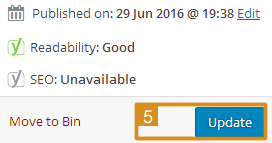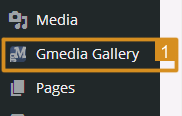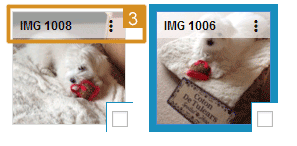6 ways to improve your income on your website
So you’ve got a website up and running and you have ways to make money through it. But it’s not doing as well as you hoped, what can you do? Read our are ideas on how to increase those profits and get your audience engaged.
1. Solve a problem
Consider your target audience and what they maybe looking for when the come to your site. What is a common problem that people have in your market area that needs to be solved? Finding that problem and giving people a easy solution will hook them into your brand and build trust so that they come back to your website again and again and are most likely to spend money with you.
2. Make your website friendly
Make your website user friendly and mobile friendly. Give your users a clear direction on where to start when they visit your website. If your website has a blog a user may become overwhelmed in which article to start with first. Create a start here page to guide them through your site and links to your products.
3. Good content
Create excellent content that is better than your competitors. Write in-depth articles that search engines love and your uses will equally find interesting. Don’t forget to add links to your products and services.
4. Get email signups
Get your users to sign up to your email list. This list is invaluable. These are people that are generally interested in your site and what you do. Having the ability to email them regularly means that you can pitch your products to people that are most interested and likely to buy or visit your site again.
To encourage users to sign up to your email list offer them free coupons or report in exchange for their email address. Offering them free, even better content, will make them want to sign up.
5. Target your subscribers
Once you have a new subscriber to your email list send them a follow up email. Send them links back to your website to show them the key areas of your site.
Email or blog on your passive income products to help sell them. You can’t simply rely on just having a product on your site and hope that someone sees it. Make a feature blog on it, notify your email subscribers about it.
Email your subscribers regularly offering them more great content, special offers or your products.
6. Limited time offers
Offer limited time offers. Creating a good, cheap deal for a short amount of time will get people to do business with you. Once you have them buying and hooked to what you can offer they will be hungry for more.








 How can I make my web page search engine friendly?
How can I make my web page search engine friendly?